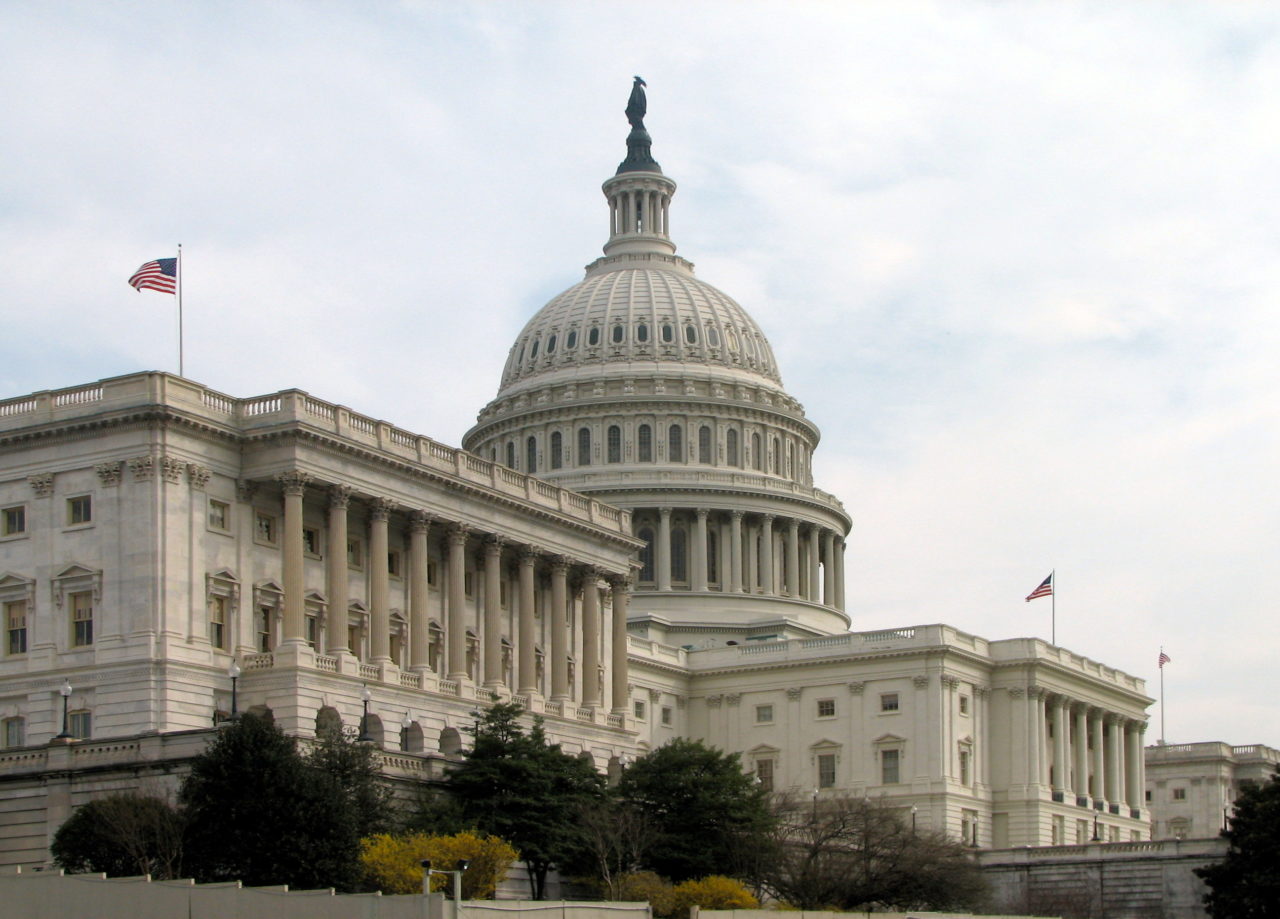SpaceX Outlines Plans for High-Speed Broadband Mega-Constellation

U.S. Capitol Building. Photo: Wikimedia.
Patricia Cooper, SpaceX’s vice president of satellite government affairs, testified before the United States Senate this week to outline the company’s plans to launch a high-speed broadband constellation of more than 4,000 satellites beginning in 2019.
Last November, SpaceX filed an application with the Federal Communications Commission (FCC) to operate a new Non-Geostationary Satellite Orbit (NGSO) broadband internet constellation. The company hopes to tackle “the digital divide” and supply connectivity to the more than 34 million Americans (and other global rural communities) who lack access to 25Mbps broadband.
“The U.S. lags behind other developed nations in both its broadband speed and in price competitiveness, and many rural areas are simply not served by traditional broadband providers due to the high capital expenditure required for last-mile infrastructure relative to low revenue opportunities,” Cooper said in her testimony.
SpaceX intends to combine technological advancements such as dynamic beam forming and Phased Array Antennas (PAAs) to bring internet to those underserved locations both in the U.S. and outside of it.
According to Cooper, SpaceX’s system will consist of 4,425 satellites operating in 83 orbital planes at altitudes ranging from 1,110 km to 1,325 km. This system will also require associated ground control facilities, gateway Earth stations, and end user Earth stations, she said.
SpaceX has separately filed for authority to operate in the V-band, where the company has proposed an additional constellation of 7,500 satellites operating even closer to Earth. In the future, those satellites would provide additional broadband capacity to the SpaceX system and further reduce latency where populations are heavily concentrated.
During her testimony, Cooper expressed concerns about FCC spectrum use policies, as well as certain regulations relating to NGSO satellite systems, which were originally developed nearly two decades ago. She also urged Congress and other federal agencies to reconsider how these systems can participate in national infrastructure investment programs and other federal initiatives to close the digital divide.